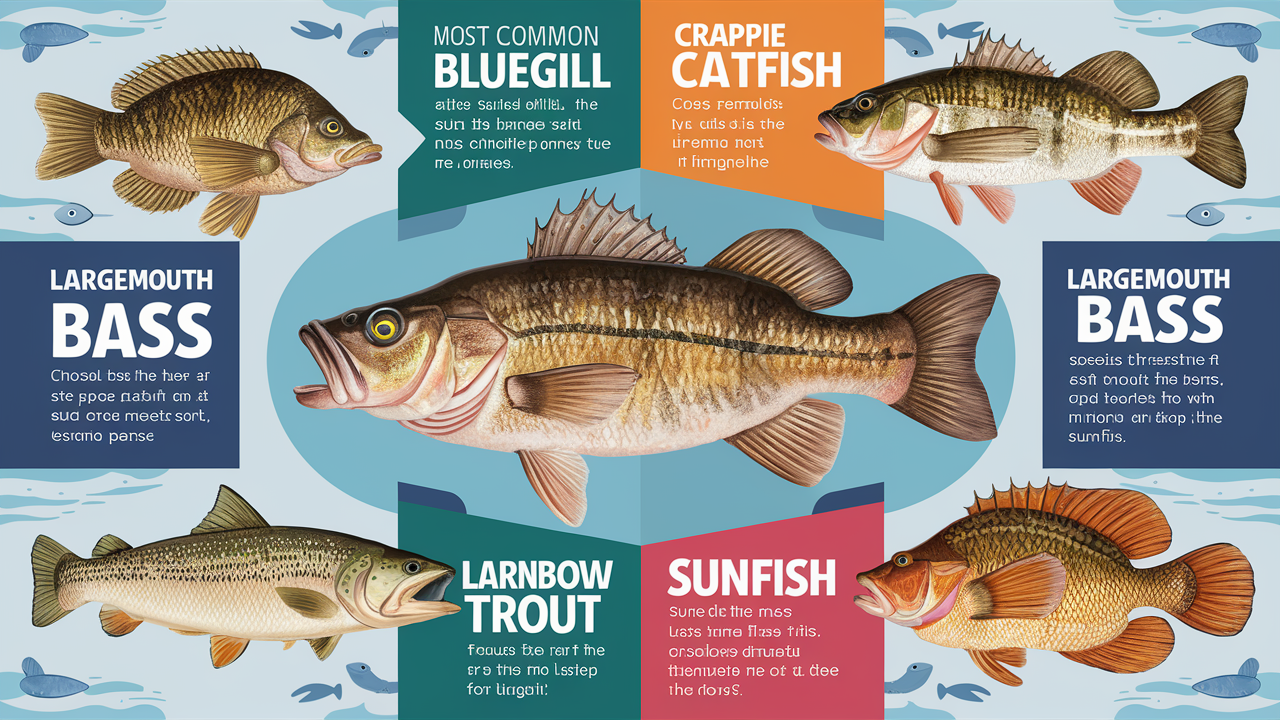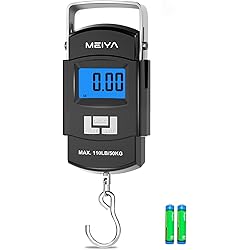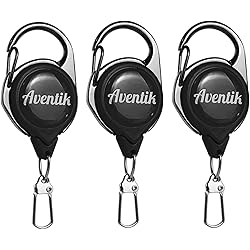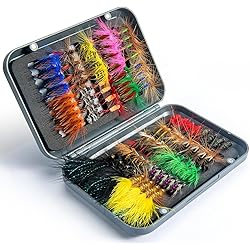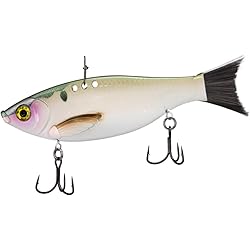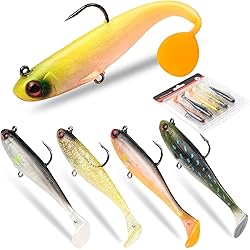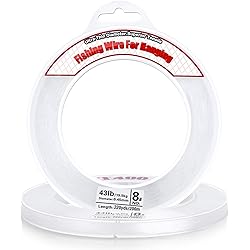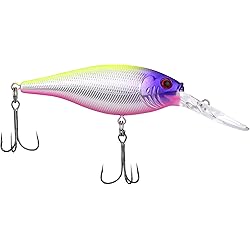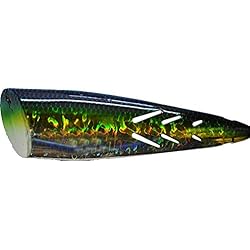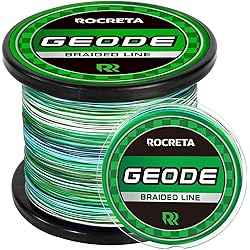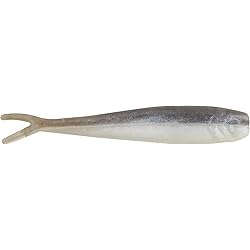Most Common Freshwater Fish to Eat, Freshwater fish, due to their exceptional nutritional value and mouthwatering flavor, has long been a mainstay in meals around the world.
These fish offer a broad range of tastes and textures, making them a flexible choice for various meals, from the crystal-clear lakes of North America to the twisting rivers of Europe and Asia.
Freshwater fish are not only a delicious food source but also a rich source of vital nutrients, which makes them a beneficial complement to a balanced diet.
In this post, we’ll examine some of the most well-liked freshwater fish worldwide.
We’ll go into their nutritional benefits, discuss how to cook them to perfection, and stress the importance of sustainable fishing methods.
This book has all the knowledge you need to maximize these aquatic delights, whether you’re an experienced angler or an inquisitive eater.
COLE’S – Smoked Rainbow Trout Fillet with Quinoa | Open & Eat | Ready to Eat Meal

Nutritional Benefits of Freshwater Fish
In addition to being tasty, freshwater fish is a beneficial source of nutrients that are essential for overall health maintenance.
They are an excellent source of high-quality protein, which is essential for muscle development and repair.
Since fish is low in calories and saturated fats compared to certain other protein sources, it’s a beneficial option for anyone trying to keep their weight in check.
Omega-3 fatty acid concentration is one of the unique qualities of freshwater fish.
These essential fats are critical for maintaining heart health, lowering inflammation, and promoting mental clarity.
Fish is also a beneficial source of minerals and vitamins, such as iodine, vitamin D, B vitamins, and selenium.
These nutrients support general health and are especially helpful for energy generation, bone health, and the immune system.

Top Freshwater Fish to Eat
1. Tilapia
Description and Habitat
Tilapia is a popular freshwater fish that can be found in warm seas worldwide.
There are many ways to cook tilapia, a versatile fish with a moderate flavor and solid texture.
Due to its widespread growth, it is both easily accessible and reasonably priced.
Nutritional Profile
Tilapia contains lean protein and a rich supply of vital elements. It is very high in vitamin B12, selenium, and phosphorus. While omega-3 fatty acids are present, they are not as high as in certain other fish.
Common Culinary Uses
Because of its subtle flavor, tilapia is a wonderful option for meals where the sauce and spice are the main ingredients. It is possible to grill, bake, broiled, or fry it. Tacos, fish sandwiches, and salad dressings frequently feature tilapia.
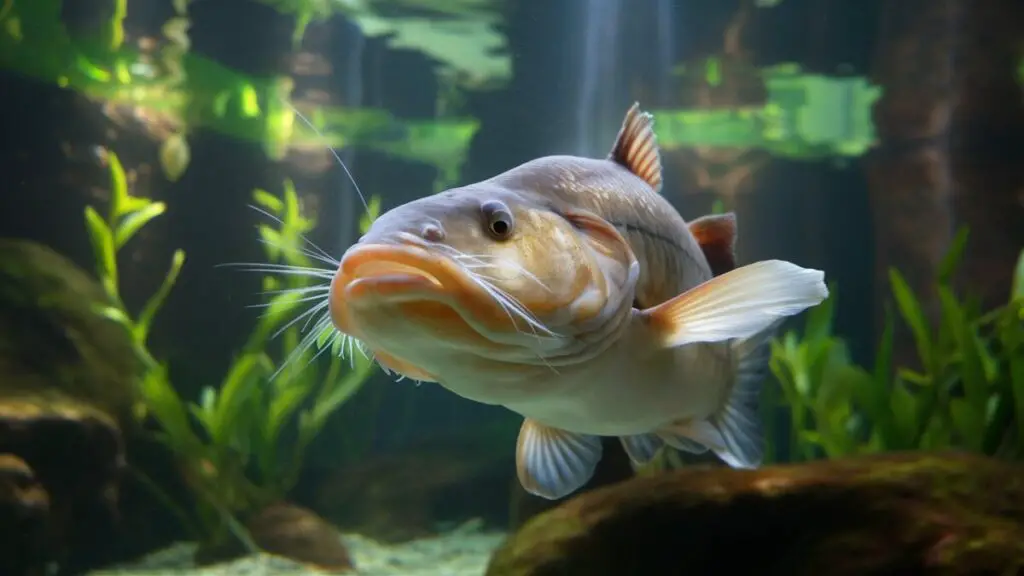
2. Catfish
Description and Habitat
The barbels around their mouths, which resemble whiskers, make catfish simple to identify. They live in freshwater lakes, ponds, and rivers. Because of their outstanding adaptability, catfish can survive in a wide range of water conditions.
Nutritional Profile
In addition to having moderate levels of beneficial fats, such as omega-3 and omega-6 fatty acids, catfish are a rich source of protein. They also contain a lot of vitamin D, which is crucial for strong bones.
Common Culinary Uses
Catfish, typically served fried and coated in crunchy cornmeal, is a staple of Southern American cuisine. You can also cook, grill, or incorporate it into soups and stews. Its hard texture allows for a multitude of preparation methods.

3. Trout
Description and Habitat
Salmon and trout are closely related freshwater fish. Lakes and cool, clear streams are home to them. Trout come in a variety of species, such as brook, brown, and rainbow trout.
Nutritional Profile
Trout is nutrient-dense because it is a fish rich in protein, omega-3 fatty acids, and vitamin D. It is also an excellent source of B vitamins, niacin, and vitamin B12.
Common Culinary Uses
Fish fans love trout because of its mild taste and soft flesh. It is possible to grill, bake, or smoke it. Known for showcasing the inherent tastes of the fish, stuffed trout and trout almondine are culinary favorites.
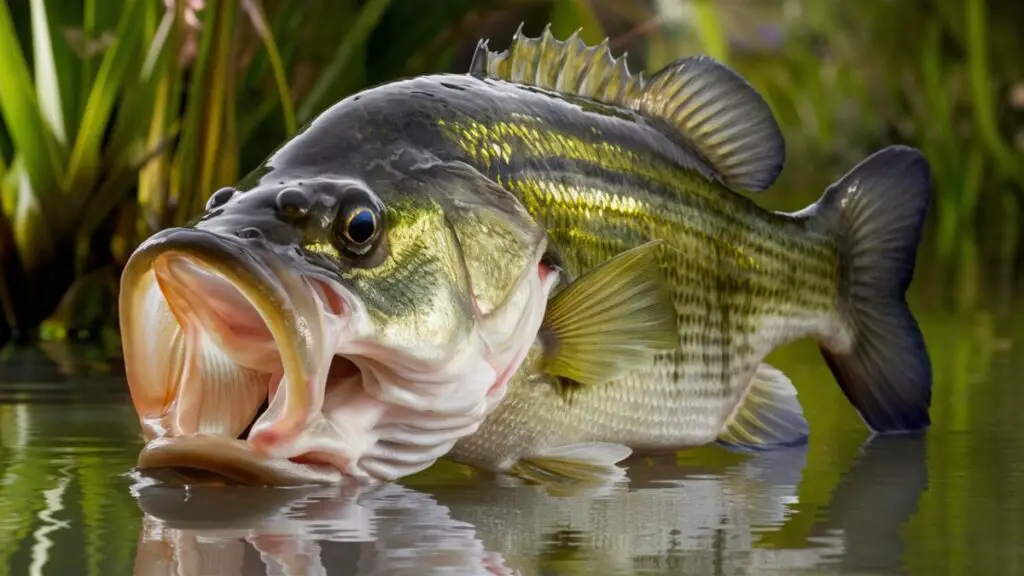
4. Bass
Description and Habitat
Freshwater rivers and lakes are home to popular game fish like bass. Largemouth, smallmouth, and striped bass are among the several varieties of bass. They are popular among fishermen because of their aggressive eating habits.
Nutritional Profile
In addition to being high in protein, bass are also a rich source of phosphorus, selenium, and vitamin D. Like some other fish, they also contain omega-3 fatty acids, albeit in lesser levels.
Common Culinary Uses
There are several ways to cook bass, including grilling, baking, and frying. Its white, firm meat is excellent with marinated and seasoned foods. Popular dishes include blackened bass and lemon butter-topped bass fillets.
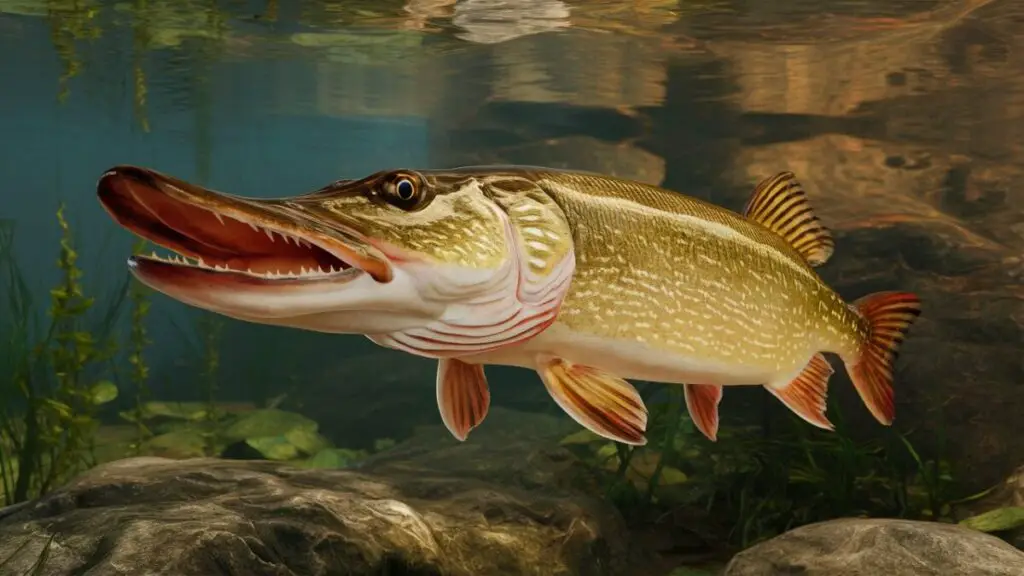
5. Pike
Description and Habitat
Freshwater lakes and rivers in the Northern Hemisphere are primarily home to predatory fish known as pike. Their bodies are elongated, and their teeth are sharp. People highly value pike in both sports and cuisine.
Nutritional Profile
Lean and high in protein. Additionally, it offers vital minerals, including B vitamins, phosphorus, and vitamin D. Pike is still a healthy option even though its omega-3 fatty acid content isn’t as beneficial as that of certain other fish.
Common Culinary Uses
Pike works well for a range of culinary techniques, such as baking, grilling, and poaching, because of its solid meat. Pike’s fairly bony texture makes it a popular choice for dishes that call for deboning and filleting the fish. Traditional foods include pike with cream sauce and pike quenelles.
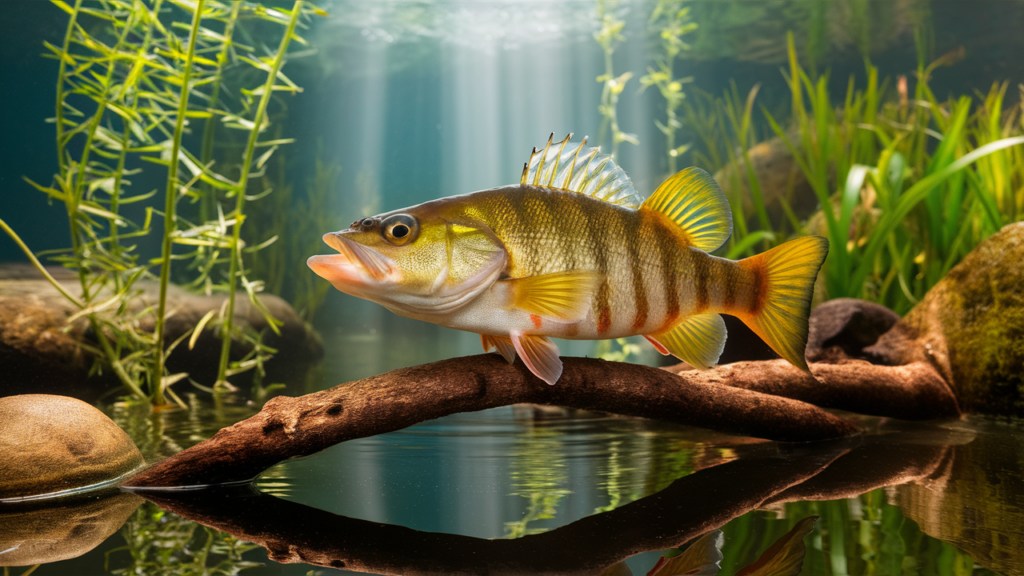
6. Perch
Description and Habitat
Lakes and rivers throughout Asia, North America, and Europe are home to small to medium-sized freshwater fish, or perch. The European perch, yellow perch, and Nile perch are the most prevalent species.
Nutritional Profile
Perch are low in fat and high in protein. They offer a good supply of minerals and vitamins, including selenium, B vitamins, and vitamin D. Perch do contain omega-3 fatty acids, though not to the same extent as some other species.
Common Culinary Uses
You can cook fish like perch in a variety of ways, including baking, grilling, and frying. Sandwiches, fish tacos, and fish fries frequently use perch fillets as a filler. Because of its subtle flavor, perch pairs well with a variety of sauces and spices.
COLE’S – Smoked Rainbow Trout Fillet with Quinoa | Open & Eat | Ready to Eat Meal
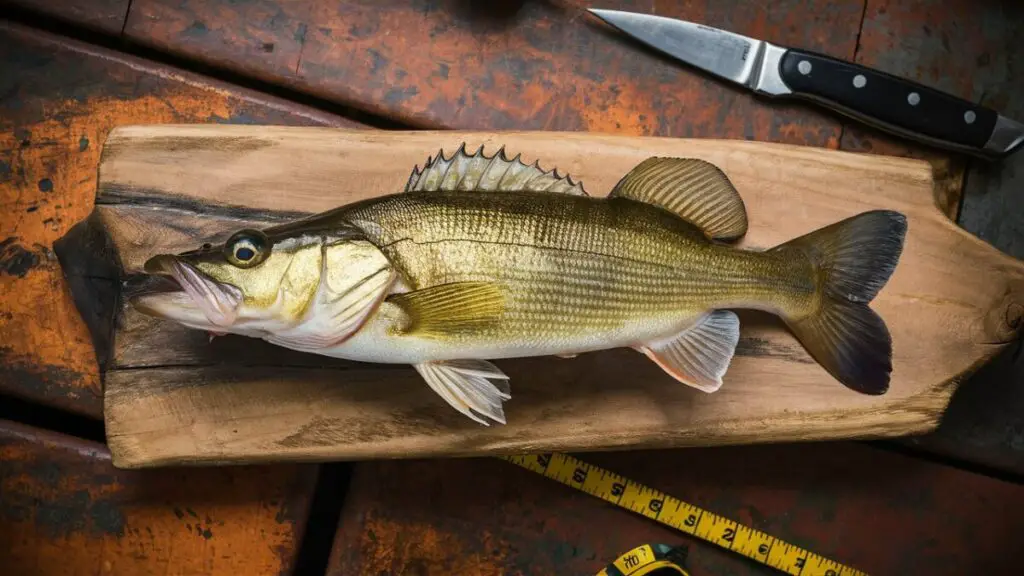
7. Walleye
Description and Habitat
In North America, walleye are freshwater fish that live in lakes and rivers. Their delectable flavor makes them a favorite target for leisure fishing. Walleye can see better in dim light thanks to their big, glassy eyes.
Nutritional Profile
Walleye are low in fat and a fantastic source of high-quality protein. They supply vital minerals, including phosphorus, vitamin D, and B vitamins. Omega-3 fatty acids are also present in walleye, but in smaller proportions.
Common Culinary Uses
Walleye is popular for many recipes because of its mild flavor and delicate, flaky texture. It’s possible to bake, grill, or fry it. Walleye pairs well with a variety of sides such as potatoes and vegetables, often accompanied by herb or lemon butter sauces.
Most Common Freshwater Fish to Eat

8. Carp
Description and Habitat
Lakes, ponds, and rivers around the world are home to carp, a common freshwater fish. Because of their adaptability and hardiness, they are a common species in many areas. Among the most well-known species are bighead, grass, and common carp.
Nutritional Profile
In addition to being a significant source of protein, carp also include important elements, including phosphate, selenium, and vitamin B12. Additionally, they contain omega-3 and omega-6 fatty acids, but in different proportions based on the species.
Common Culinary Uses
Traditionally, carp have been a common ingredient in various cuisines, especially those from Eastern Europe and Asia. There are several methods to prepare them, like baking, grilling, frying, and poaching. Recipes such as stuffed carp, carp in sweet and sour sauce, and gefilte fish often incorporate carp.
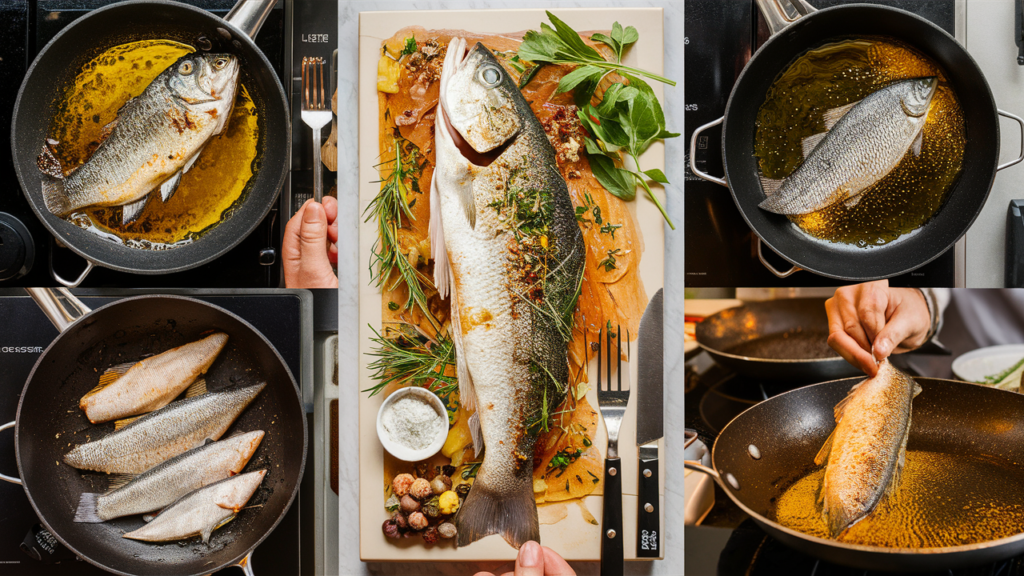
Culinary Techniques for Cooking Freshwater Fish
A variety of cooking methods can enhance the tastes and textures found in freshwater fish. Here are a few well-liked ways to cook this fish:
Grilling
People frequently grill freshwater fish, especially in the summer. It gives the fish a crisp texture and smokey taste. To prevent sticking while grilling fish, it’s crucial to oil both the fish and the grill grates. You may grill fish fillets, entire fish, and fish steaks.
Baking
Baking allows for a simple and versatile method of cooking fish. It permits the enhancement of the fish’s inherent tastes through the application of marinades, herbs, and spices to enhance the fish’s inherent tastes. You can cook fish in the oven in a baking dish or cover it with foil or parchment paper to preserve moisture and taste.
Frying
Traditional methods of preparing fish, especially species like perch and catfish, involve frying. Often, a batter or breading covers the fish before it cooks to a crispy golden brown. You can prepare fried food in a deep fryer or small pan, which has a crispy exterior and a moist interior.
Poaching
Poaching is a technique that gently cooks fish by simmering it in a delicious liquid, such as wine, broth, or water. Because it maintains the texture and flavor of the fish, this method is perfect for delicate species like walleye and trout. People frequently serve poached fish with a simple sauce or garnish.
Smoked
Smoking traditionally imparts a deep, smokey taste to fish. Salt cures the fish, and then woodchip burning exposes it to smoke. You may use this technique on a range of freshwater fish, such as carp, salmon, and trout. Smoked fish can be eaten on its own or used in salads and other recipes, such as smoked fish dip.

Sustainability and Ethical Considerations
Freshwater fish are becoming more and more popular; therefore, it’s critical to think about the ethical and sustainability consequences of our decisions.
Pollution, habitat degradation, and overfishing seriously threaten freshwater ecosystems and fish populations.
Supporting ethical sourcing and sustainable fishing methods is crucial to ensuring the fish’s continuous availability.
When buying fish, search for certificates from organizations that support sustainable fishing practices, such as the Aquaculture Stewardship Council (ASC) or the Marine Stewardship Council (MSC).
Furthermore, think about selecting species that are plentiful and not overfished, and keep in mind how fish farming methods affect the ecosystem.
Conclusion
Freshwater fish are a wonderful complement to any diet because of their delicious flavor and nutritious value.
Every species, from the adaptable tilapia to the tasty walleye, offers something special to the table.
You experimenting with various preparation techniques and recipe ideas, you may savor an array of mouthwatering meals that highlight the finest qualities of freshwater fish.
Prioritizing sustainability and ethical sourcing is essential as we continue to value and enjoy these fish.
We can ensure that these tasty and nourishing fish will be around for future generations by making educated decisions that contribute to the preservation of freshwater ecosystems.
Including freshwater fish in your diet is a step toward a more sustainable and healthful way of living, as well as a gastronomic experience.
Thus, the next time you’re arranging a dinner, think about including one of these favorites from the freshwater region on your menu; you could just find a new favorite!
Hooked on Tech: Exploring the latest Fishing Gadgets that Anglers swear by.
In the realm of angling, where tradition and technology often converge, a new wave of fishing gadgets has emerged, transforming the way anglers approach their craft.
From advanced fish finders to smart bait systems, these innovations have not only revolutionized the fishing experience but have also garnered a loyal following among anglers worldwide.

